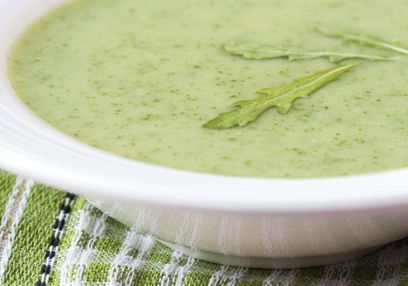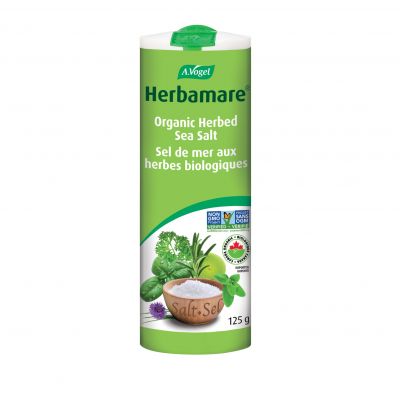A.Vogel search
When the internal search is activated, personal data such as your IP address is transmitted to our search engine Cludo. Data is thus transferred to a third country. Please click here if you want to display the internal search. You can find more information on data protection here: Privacy policy.
Sepia officinalis L.
Common Cuttlefish
History

The common cuttlefish and its parts have long been put to a great variety of uses. The muscle flesh (calamari) and eggs are very popular foods. The dried secretion of the ink gland is highly valued as a water colour and as sepia ink in painting. Here distinction must be made between natural sepia (Sepia vera), madder which is reddish in colour (from Rubia tinctoria) and sepia which is chemically coloured umber. According to Soranus, sepia ink was once used for hair loss. The white posterior shell of the common cuttlefish (Ossa sepia) is also used. Soft shells (= marina) of dead animals are used as a remedy to promote bone formation and in folk medicine as a medication for fever and stomach problems. They are also used as a toothpaste additive, as a sharpening tool for wood, and as a grindstone for pet birds to rub their beaks on. The hard shells (= pescheria) taken from living creatures are used to prepare casting moulds for gold.
Zoological Characteristics
The common cuttlefish is a mollusc with a flat, oval, 35cm to 40cm long body fringed with a fin. It has several relatively short tentacles and two long tentacles with suckers on the end. The eyes are disproportionately large, very expressive and highly developed. . An interesting point is the creature’s extremely variable, bright and beautiful colouration, which provides complete camouflage against its surroundings. At rest, its back is brownish-yellow, the eye area bluish, the tentacles greenish, and the fin fringe violet. It moves backwards by forcing water from a hole in its mantle. At the back end of the gut-sac is a large ink sac, which serves both as a gland and as a storage organ. It is filled with a brown, opaque fluid. When danger threatens, it changes colour completely and spots appear in the most diverse colours. It then empties its ink sac in order to flee from its pursuer under cover of a dark cloud Common cuttlefish are dioecious (i.e. the sexes are separate) and reproduce by means of extremely yolk-rich eggs (’sea grapes’) laid on rocks on the floor of the seabed.
Habitat
The common cuttlefish is native to the coastal waters of the Mediterranean, especially the Adriatic, and also lives in the Atlantic and Pacific Oceans. It prefers relatively shallow waters with a muddy or sandy bed. The cuttlebone, the oval inner shell of the dead cuttlefish, can often be found washed ashore on a beach.
Preparation
A.Vogel/Bioforce uses a homoeopathic dilution of the dried secretion of the ink gland, prepared in accordance with the current Homöopathisches Arzneibuch (HAB) (New Official German Homoeopathic Pharmacopoeia).
Alfred Vogel's guide to leading a healthy and happy life
Watch the videoNature is just about the best thing we’ve got!





